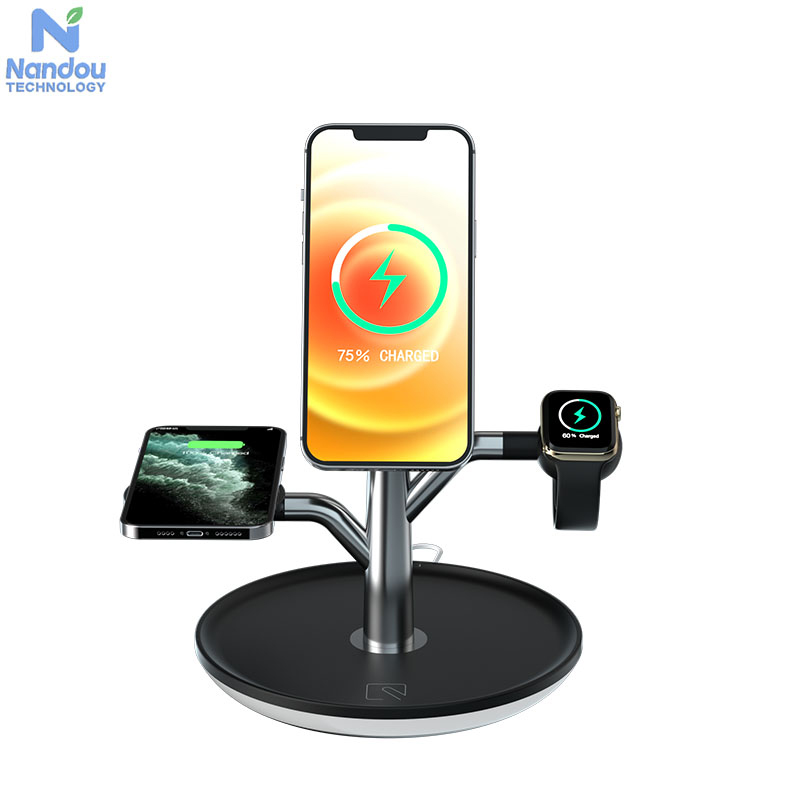Wireless Charging: Just Place It, No Extra Actions Needed!
Wireless charging is gradually becoming an integral part of charging daily electronic devices. From electric toothbrushes to smart bracelets and smartphones, the application scenarios of wireless charging are increasingly expanding. It not only simplifies the charging process but also frees us from the constraints of charging cables. How does the principle behind "place-and-charge" work?
Also known as inductive charging or wireless power transmission, wireless charging is a technology that allows electronic devices to charge without connecting charging cables between the device and the charging platform. The principle of electromagnetic induction is widely applied in wireless charging for electronic devices: in a closed circuit, when the magnetic flux passing through the circuit changes, an induced current is generated.
Wireless charging typically requires two coils: a transmitting coil placed in the charging platform and a receiving coil embedded in the electronic device. When a changing current flows through the transmitting coil of the charging platform, it generates a changing magnetic field. As the electronic device approaches the charging platform, the receiving coil induces an electric current, which is converted into direct current (DC) through the circuit system to charge the device.

